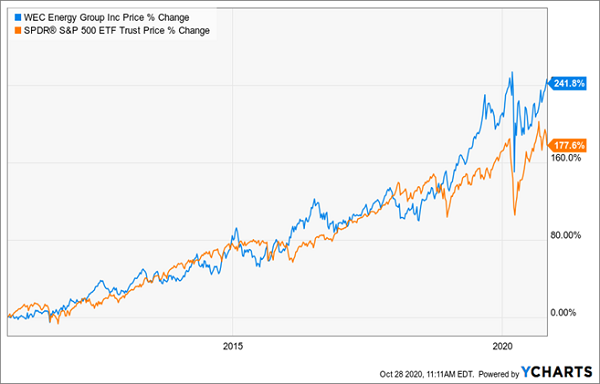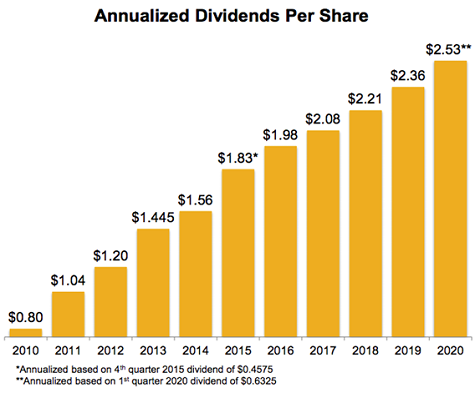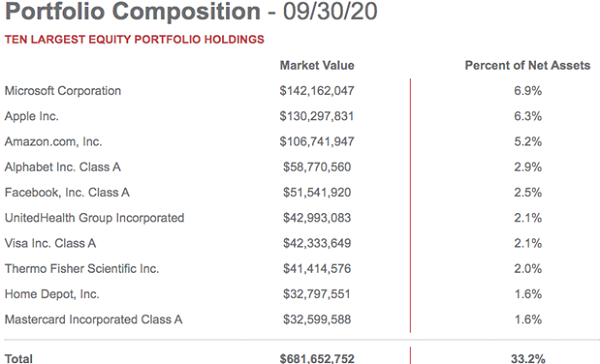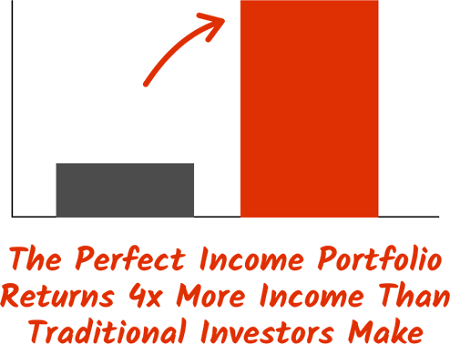I sure hope you haven’t listened to the bleating pundits begging us to sell everything ahead of Election Day. These talking heads don’t realize that, historically speaking, cash has already turned to trash.
It’s at times like these—when everyone is panicking and another big selloff seems right around the corner—that fortunes are made. And they’re not made by being out of stocks for the six months when they tend to rally (November 1 to May 1).
I know this sounds strange, but hear me out. Because we’ve got a shot at big gains (and dividends!) setting up our portfolios before E-Day comes and goes.
You can see what I’m talking about in a recent study by LPL Financial that examined data going back to 1950. It found an indisputable pattern: from Election Day to the end of the year, markets tend to rise, no matter who wins the White House. You don’t have to go back far to see this pattern play out. It was perhaps the only thing that went to script in 2016!
Look at this chart: you can see that the market bottomed right before the vote, then surged into the end of the year.
“Election Drag” Vanishes—Stocks Pop

Now look at this chart from September 2, 2020, to now. Sure looks like a similar pattern setting up, no?
Stocks Drop: Post-Election Rally Ahead?

Our “2020-Proof” Plan: Play Offense and Defense
That said, we do want to make sure we protect our nest egg in case things turn against us. (This is 2020, after all!) So let’s do that with a “contrarians only” technique for grabbing strong upside, a big dividend and downside protection, too. (See below for three specific tickers.)
Our strategy turns on two things:
- High—and ideally growing—dividends: Because no matter what happens, we want a big slice of our return in cash, not paper gains. And a growing dividend has a natural pull on a share price, lifting it higher with each payout hike (as we’ll see in the stocks I’ll show you below).
- A low “beta”: A stock’s beta is a handy volatility indicator. You’ll find it on any screener, including Yahoo Finance and Google Finance.
The “beta” of the S&P 500 is always 1. So a beta below 1—which is what we’re targeting—is less volatile than the market. Betas above 1 are more volatile. (Since different screeners measure beta over different timeframes, you might see varying numbers from one to another.)
Add these three things together and you have a “2020-proof” mini-portfolio built for anything the rest of this year can throw at us. Let’s dive into our three tickers now.

WEC Energy Group: The (Rare) Utility That Clobbers the Market
Utilities are a no-brainer pickup for extra stability. But that stability usually comes at a cost: lower returns.
Not so for WEC, which serves 4.5 million electricity and natural gas customers in Wisconsin, Illinois, Michigan and Minnesota. The stock has demolished the S&P 500 in the past decade, something a “sleepy” utility isn’t supposed to do! (Bear in mind that the chart below doesn’t include dividends, which boost WEC’s return to 372%):
WEC Rewrites the Old Utility “Rule”

The wonderful thing about utilities in general—and WEC in particular—is that they’ve effortlessly pivoted their businesses during the pandemic.
Back in the second quarter, which covered the lockdown, for example, WEC’s electricity sales to businesses fell 3%. But that was no problem because WEC sold 17% more power to homebound residential users.
That resilience has powered WEC’s dividend to a 216% increase in the last decade:

Source: WEC Energy September 2020 Investor Update
It’s no coincidence that the company’s 216% dividend hike is nearly the same as its 242% share-price gain in the last 10 years. I call that the “Dividend Magnet,” and I’ve seen it again and again. It basically means that you can count on a stock’s share price to rise as its dividend does.
It’s one of the most powerful indicators in investing—and no one talks about it! You can see another powerful Dividend Magnet in action with our next pick.
First Industrial Realty Trust: A Backdoor Play on E-Commerce
If you want to know how strong the shift to e-commerce has been, look at First Industrial Realty Trust (FR), owner of 444 warehouses across the country. While mall landlords were leaning on tenants to come up with rent, First Industrial’s tenants coughed up 99% of the rent they owed from April through September.
Occupancy, meanwhile, was a strong 96.3% in the latest quarter. First Industrial also signed new and renewing tenants to double-digit rent increases. That’s because its warehouses are where e-commerce operators want to be, near big cities: 95% of its square footage is within 30 miles of an area with 3.9 million people or more.
First Industrial only yields 2.5%, but its payout growth has been accelerating. And as with WEC above, the rising dividend is pulling the share price higher—the pattern is unmistakable!
First Industrial’s “Dividend Magnet” Goes to Work

All of this has put the stock, which members of my Hidden Yields service tapped for 28% in gains and dividends from May 2016 to March 2018, back on my radar.
And we can count on First Industrial’s payout to keep leading its price up: it pays just 54% of its last 12 months of funds from operations (the go-to REIT profitability measure) out as dividends—very safe for a REIT.
Adams Diversified Equity Fund: A “Crisis-Resistant” 8.8% Payout
The first thing you’ll notice about the Adams Diversified Equity Fund (ADX), which was founded way back in 1929, is its lame 1% yield. But that’s a head-fake: the closed-end fund (CEF) pays most of its dividend as an annual special payout. Factor that in and you get a gaudy 8.8% yield in the last 12 months!
This unusual approach provides a couple of advantages.
First, it frees up management to invest when it sees an opportunity to jump on a bargain. Second, it cuts the risk of a drop in ADX’s stock if the fund’s yearly special dividend comes in a bit smaller than expected.
Either way, we can be assured that the payout will keep coming our way: ADX has paid dividends for 84 straight years. Plus, management has openly committed to at least a 6% annual yield—but as I said, the fund usually pays way more.
As you can see, ADX is stocked with some of the biggest S&P 500 names, including Microsoft (MSFT), Visa (V), Home Depot (HD) and Apple (AAPL).

Source: adamsfunds.com
The kicker? ADX’s 14.7% discount to net asset value (NAV) means we’re getting those stocks—and the fund’s outsized dividend—for 85 cents on the dollar.
URGENT: New Portfolio Returns 4X MORE Than Most Investors Earn
I’ve built my “Perfect Income Portfolio” to hand you a steady 10%+ in dividends and price gains year in and year out.
And it’s done just that!

That’s just the opening act. If you’d followed this strategy for the past 10 years, here’s what would’ve happened to your money:

That’s right—an EXTRA $800,000!
The strategy that drives this portfolio is nothing less than my #1 investing secret, and it works best in an uncertain market like this one. The time to take advantage of it is right now.
I can’t wait to give you this strategy and the specific stocks you need to buy to make it work. Click here and I’ll hand it ALL over to you, including the names, tickers, complete dividend histories and my full analysis of every stock in this proven dividend portfolio.
